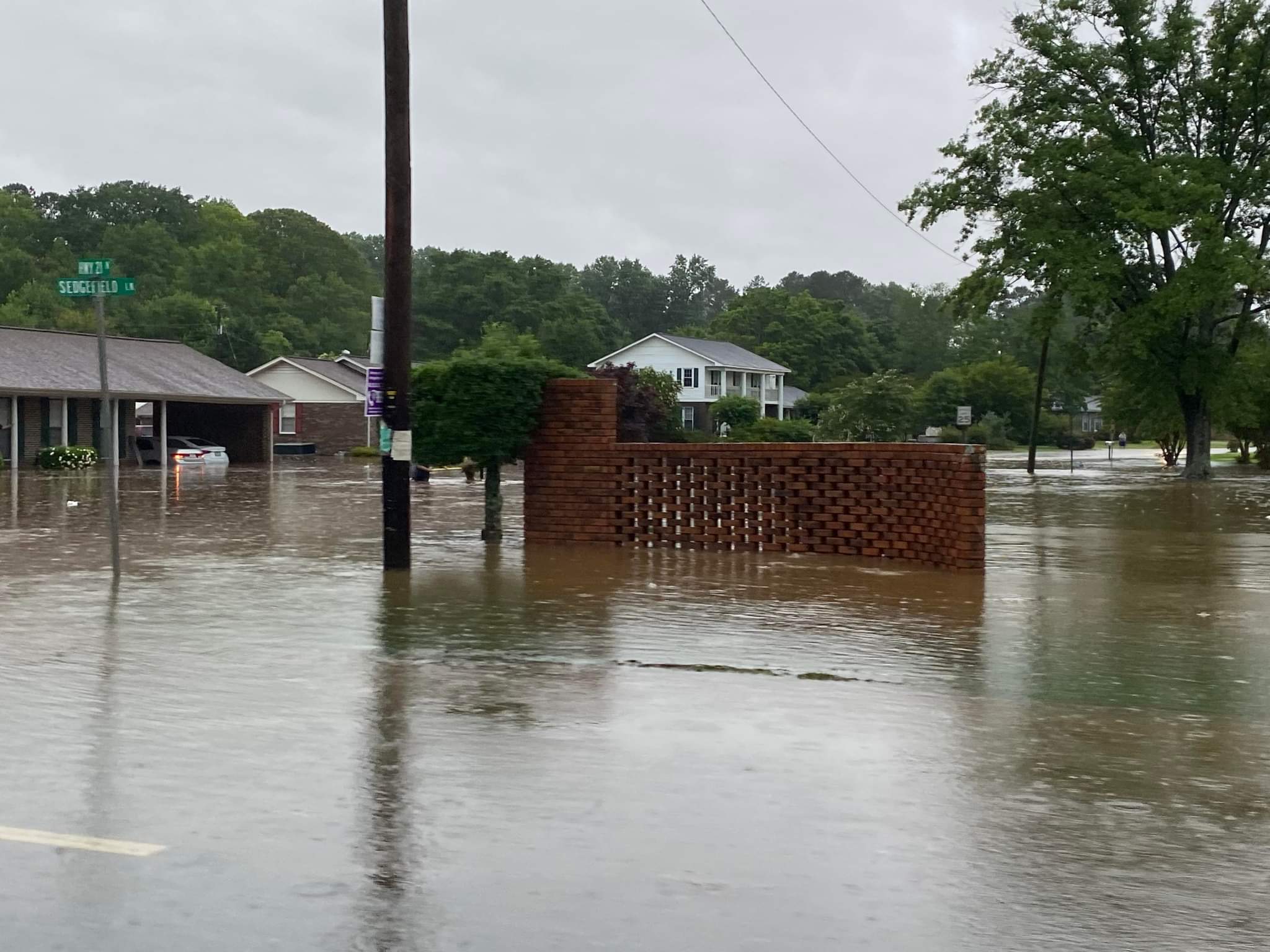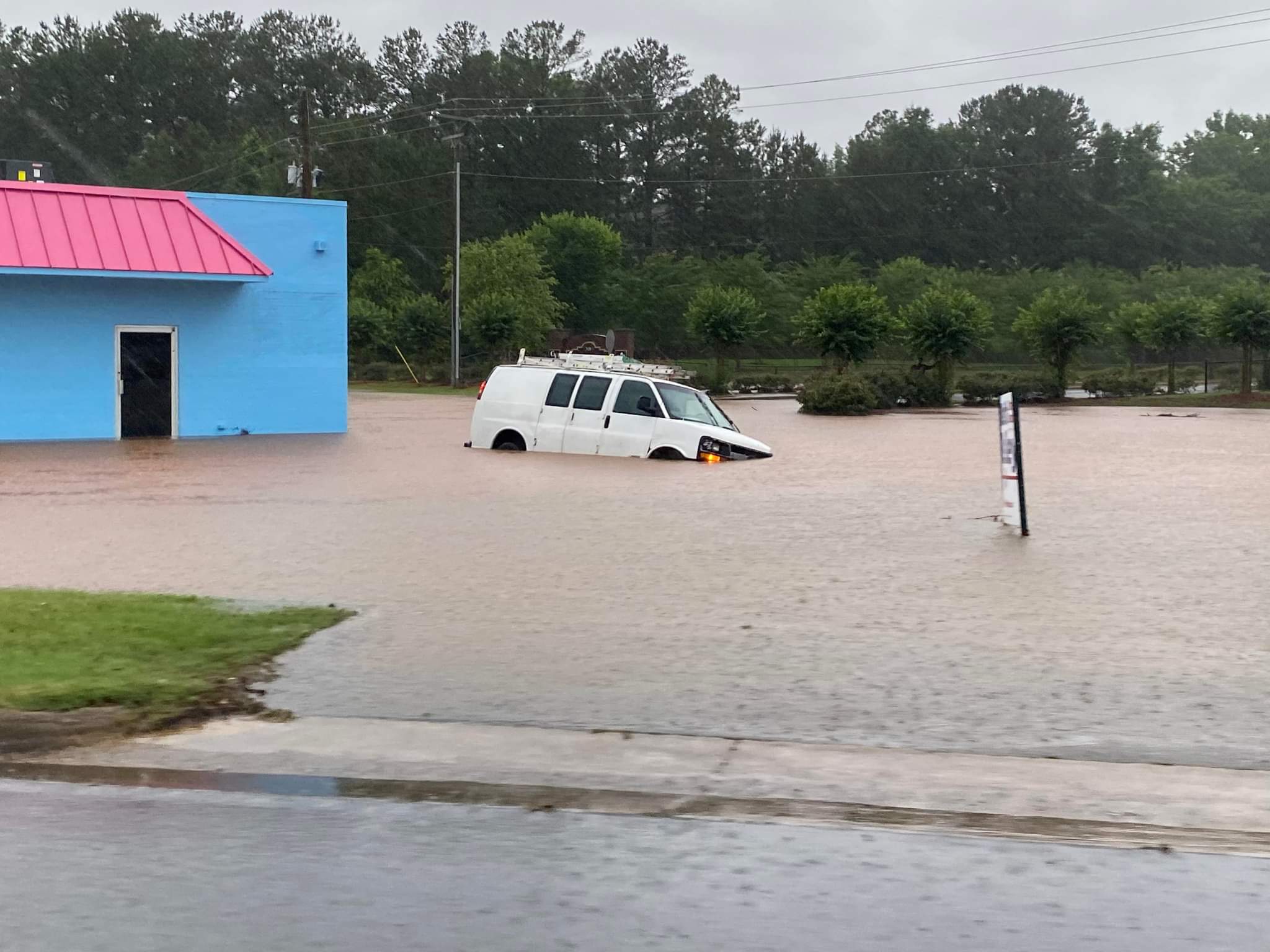|

Sylacauga
Courtesy Chris Mann (via FOX6)
|

Columbiana
Courtesy Travis Braden
|

Dorothy Spears Park
Courtesy CorDarrius Bowe (via ABC33/40)
|
|

Hokes Bluff
Courtesy Tammy Franklin (via ABC33/40)
|

Homewood
Courtesy Al Radcliffe (via CBS42)
|

Memorial Park in Leeds
Courtesy Keith Davis
|
|

Messer Airport Hwy in Birmingham
Courtesy Ashley Gann CBS42
|

Sylacauga
Courtesy Rhonda Brewer
|

Vincent
Courtesy Brandon Knox (via FOX6)
|
|

Sylacauga
Courtesy Brett Adair
|

Tallapoosa St in Birmingham
Courtesy Bill Castle ABC33/40
|

Tallapoosa St in Birmingham
Courtesy Bill Castle ABC33/40
|
|

Calera
Courtesy Cole Bice (via ABC33/40)
|

31st St in Birmingham
Courtesy Tiffany Williams (via ABC33/40)
|

East Lake
Courtesy Josh Brewer (via ABC33/40)
|
|

Gadsden
Courtesy James Williams (via FOX6)
|

Glencoe
Courtesy Jenny Crotts (via ABC33/40)
|

Hwy 119 in Birmingham
Courtesy Ashley Gann CBS42
|
|

Tarrant
Courtesy Haley Jernigan (ABC33/40)
|

Vincent
Courtesy Kevin Walkup (via FOX)
|

Atlantic East at Birmingham Airport
Courtesy Seth Steele
|
|

Sylacauga
Courtesy Angela Pearson
|

Sylacauga
Courtesy Angela Pearson
|
|